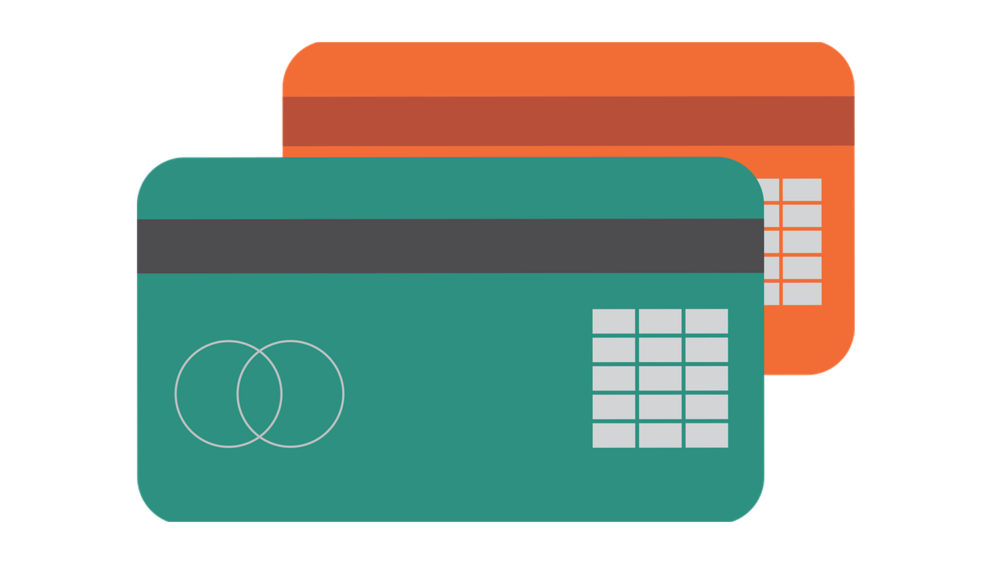How Credit Cards Can Help You Build Your Credit
Credit is a form of trust between two parties. One party, known as the creditor, promises to repay the other party, known as the debtor, later. If the creditor fails to do this, the debtor can sue the creditor for the balance of the loan.
Keep balance below 30% of the limit to build credit
Keeping a balance below 30% of your credit limit can help you build good credit. It might also be helpful to pay it off every month or two. This will not only save you the interest that comes with a revolving balance, but it will also make your credit score look better.
The 30-percent rule is a popular rule of thumb. However, it’s not a sure thing. In fact, it could be a little outdated.
The best way to keep a balance below 30% of your limit is to use it as sparingly as possible. It’s not as hard as it sounds. Simply monitor your accounts online and make sure you’re not spending more than you can afford. You may be able to request a temporary increase in your credit limit.
Another trick is to use a balance alert. Most credit card issuers will send you a text or email to let you know when you’re close to carrying a balance. Make sure you select the right balance alert because you don’t want to be receiving false alerts.
If you do carry a balance, the best way to keep it at a manageable amount is to make a substantial payment each month. Even paying off the balance in advance will save you interest.
Although the 30% rule is considered the gold standard for credit card advice, there’s more to it than just a simple rule of thumb. For instance, it’s actually a good idea to use the other 80% of your available credit, just to make it easier to stay below the 30% mark.
If you aren’t already, be sure to check your credit report every few months to find out if there are any errors that might be hurting your score. A single inquiry may not be an issue, but several can be.
Charge Cards
A charge card is a small plastic credit card that is issued by a bank. It’s designed for people who don’t want to get into debt. These cards have the same functions as other credit cards, but their effects on your credit score are slightly different.
Charge cards are generally used by people who want to earn rewards. The rewards are usually in the form of cashback, travel, and other perks. Most of these cards come with annual fees.
One of the main benefits of a charge card is the fact that it helps you avoid paying interest. You won’t have to pay interest on a balance if you pay it off in full each month. However, carrying a balance can add up quickly.
The best charge cards offer you great benefits. For example, the Plum Card from American Express gives you a 1.5% discount on your bill within the first 10 days of the due date. Other benefits include a 24-hour concierge service, discounted tickets to events, and hotel perks.
The other advantage of a charge card is the flexibility it offers. Many retailers and restaurants have switched from offering a store card to a credit card. This allows you to make purchases on your card while enjoying the convenience of a debit card.
While a charge card can be an effective tool for avoiding a large balance, there are some downsides. First, if you miss a payment, you will incur a late fee. Secondly, if you don’t keep up with the minimum payment, you will end up incurring interest on your balance.
As with any type of credit card, you can avoid debt by making the appropriate payments on time. If you’re not sure what the right amount is, check your credit score.
Installment Credit
Installment credit is a type of credit account. It enables prospective buyers to buy goods gradually, with fixed monthly payments. This is especially useful for big-ticket purchases. Installment loans are available for mortgages, car loans, and personal loans.
Installment buying first appeared in the furniture industry in the 19th century. Today, many people use it to purchase large-ticket items such as automobiles and home appliances. As with revolving credit, the key to using installment credit is to make your payments on time. Brigit 35m Series
If you do not, your account will be late or miss payments, which will hurt your credit.
The key to making your payments on time is to budget. You will have to consider the amount of money you can afford to spend on each item. In addition, your debt-to-income ratio should be kept low, as a high amount of debt can lead to financial stress.
Installment credit can be a great way to build your credit score. But it also has some disadvantages. For example, you may have to pay more interest than if you had a revolving account. Also, the length of your credit history matters. A longer credit history will have more of an impact on your credit report than a shorter one.
Before you apply for an installment loan, make sure you understand the loan’s terms. Some lenders require a security deposit, while others will use a UCC lien to secure your loan.
Depending on the type of loan you are applying for, you may be required to pay a prepayment penalty or finance charge. However, these fees are usually lower than those associated with revolving credit.
Another key aspect of installment credit is the payment schedule. Most agreements have an amortization schedule. By understanding the terms, you can better plan your payments, which can reduce your debt over the life of the loan.
Retail credit cards
Retail credit cards offer a great way to earn rewards from your favorite retailers. They can also help you build credit and save money. However, there are many factors to consider before deciding whether to use a retail card. Having a good understanding of how a retailer operates a card system will be a key factor in making a wise decision.
In general, a store credit card works just like a traditional credit card. The only difference is that the cards are only issued for a certain stores. These cards typically have a higher interest rate than regular credit cards.
Getting a retail card is fairly easy. Most stores do not have a minimum income requirement, and most cards don’t come with annual fees. Some cards also offer exclusive benefits to their cardholders.
The downside is that these cards tend to come with high-interest rates and aren’t designed for budgeting. It can be a good idea to limit the amount you charge to your card to only the amount you can pay off each month. This can help reduce your overall financial situation.
If you don’t pay off your balance each month, you can end up with a lot of debt. When you get a retail card, you’re encouraged to make purchases, so it’s important to stick to your budget. Also, don’t use the card at a large number of retailers. Unless you have a large amount of credit, you may want to avoid using your retail card at all.
A high credit utilization rate is one of the worst things you can do for your credit. It lowers your score until you have paid off the balance. Generally, you should keep your utilization to less than 10 percent.
Compare interest rates and fees on credit cards
There are many credit cards available in the market. You can compare their features and benefits to get the best one. In addition, you can also compare the interest rates and fees to decide which is the best option for you.
Choosing the best card is no easy task. The interest rate and fee of a card can vary widely, and even the introductory rates are limited. That’s why you must do a thorough comparison before applying for any new credit card.
There are several reputable sites where you can compare interest rates and fees. However, there is no guarantee of the accuracy of the information provided. Therefore, you should check the bank’s website for the latest information before making a final decision.
Although it is not the first thing you would expect, it is an important metric to understand when you’re comparing credit cards. The annual percentage rate (APR) is the metric that you should focus on. This is the amount of interest you’ll pay if you don’t pay your bill in full.
A credit card’s APR can change monthly or year-round, depending on the company. However, there are a handful of cards that offer fixed-rate interest. If you’re looking for the lowest possible interest rate, then you’ll be happy to know that some offer a 0% APR for a limited period of time.
Although the above are the most important, you may also want to consider the card’s other features. For example, you can get a low-interest card with fewer features and benefits.
In addition, you should also read the terms and conditions of any credit card you’re considering. Many of the details are hidden in the fine print.






